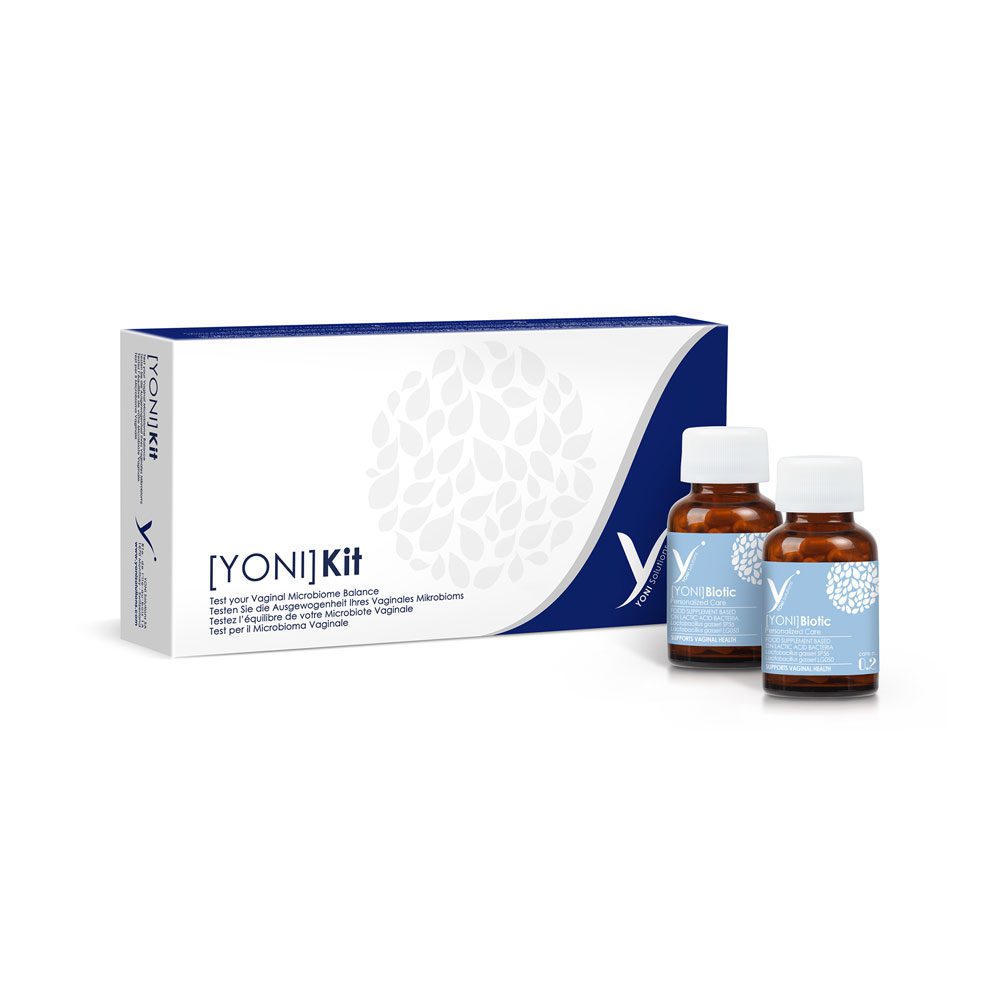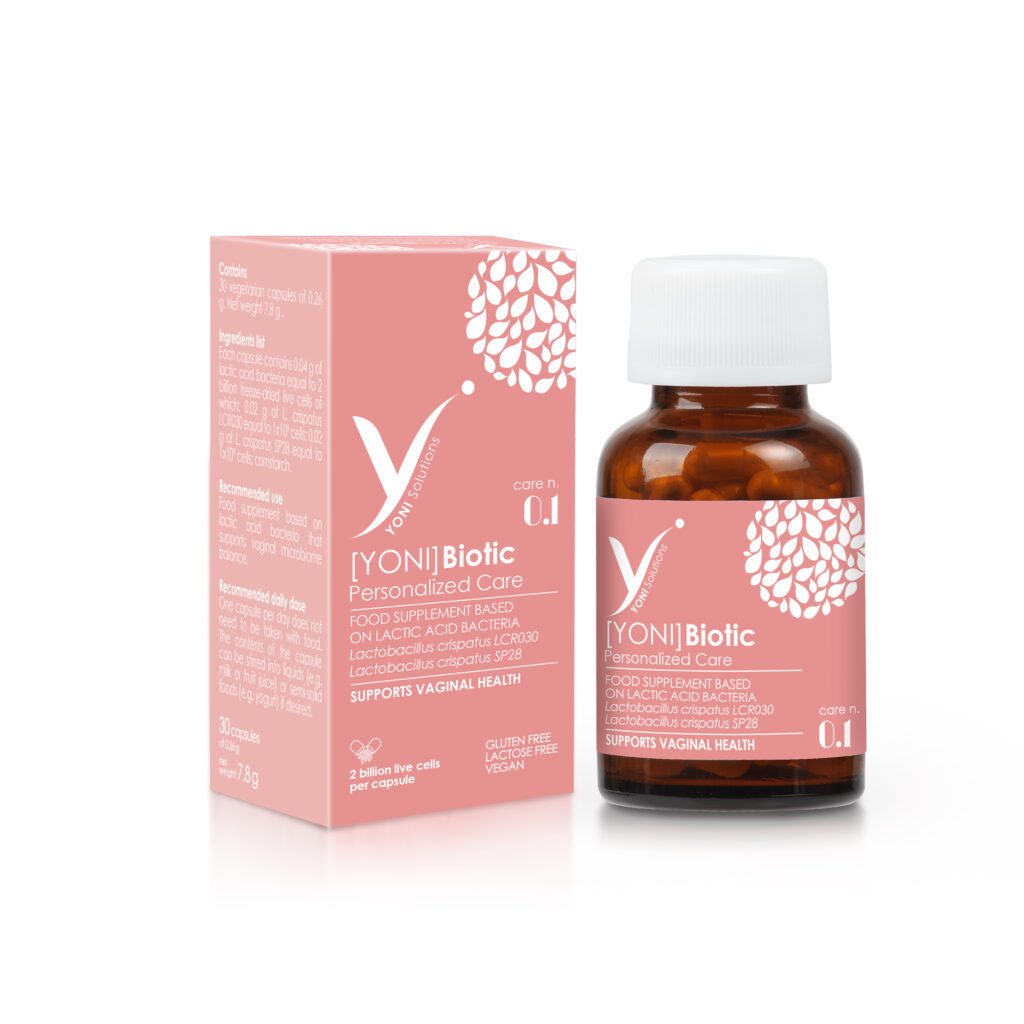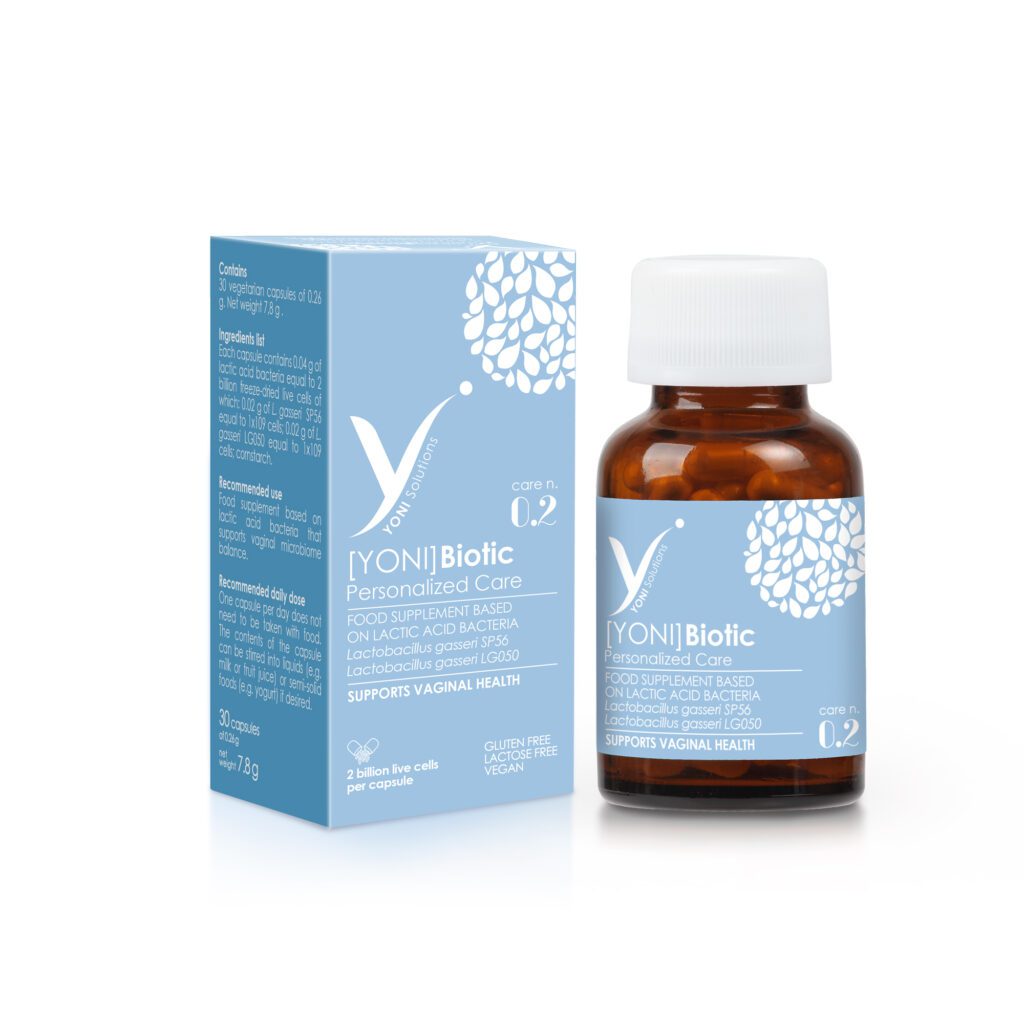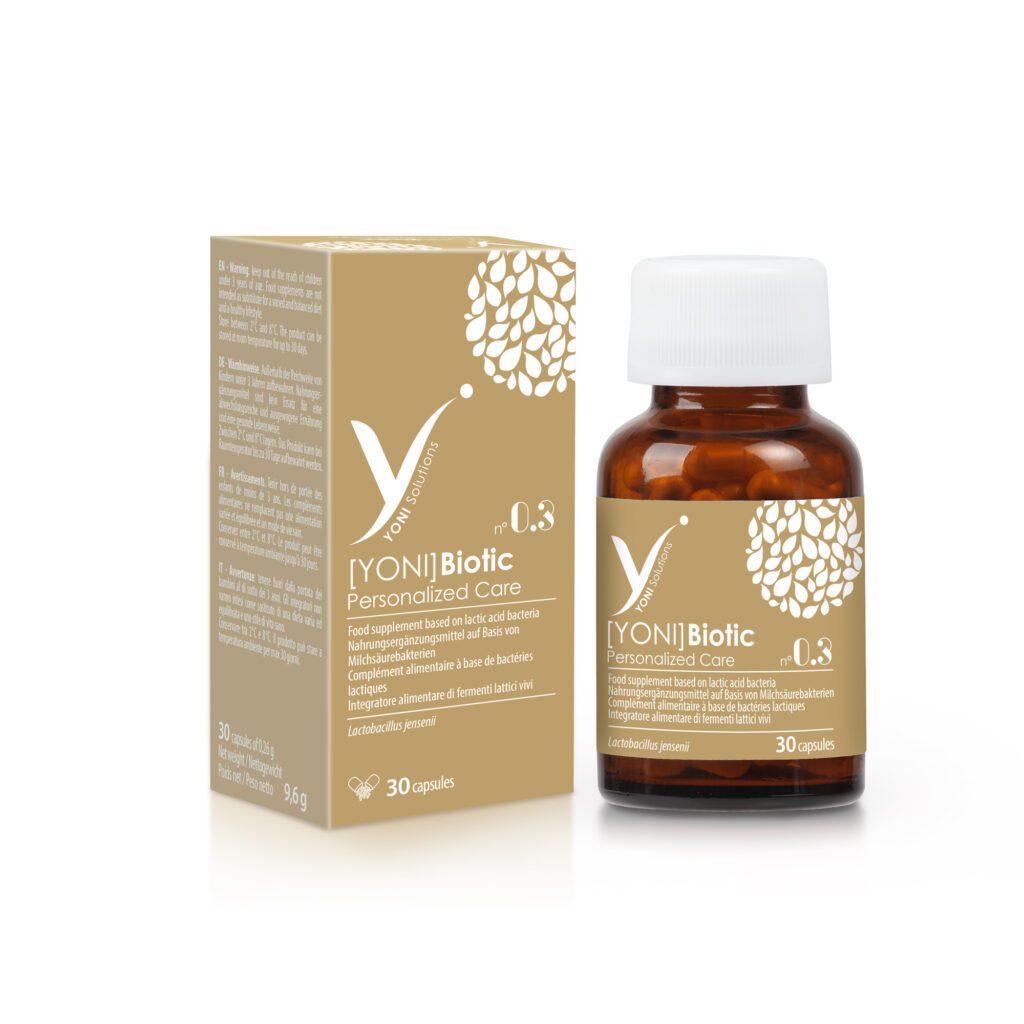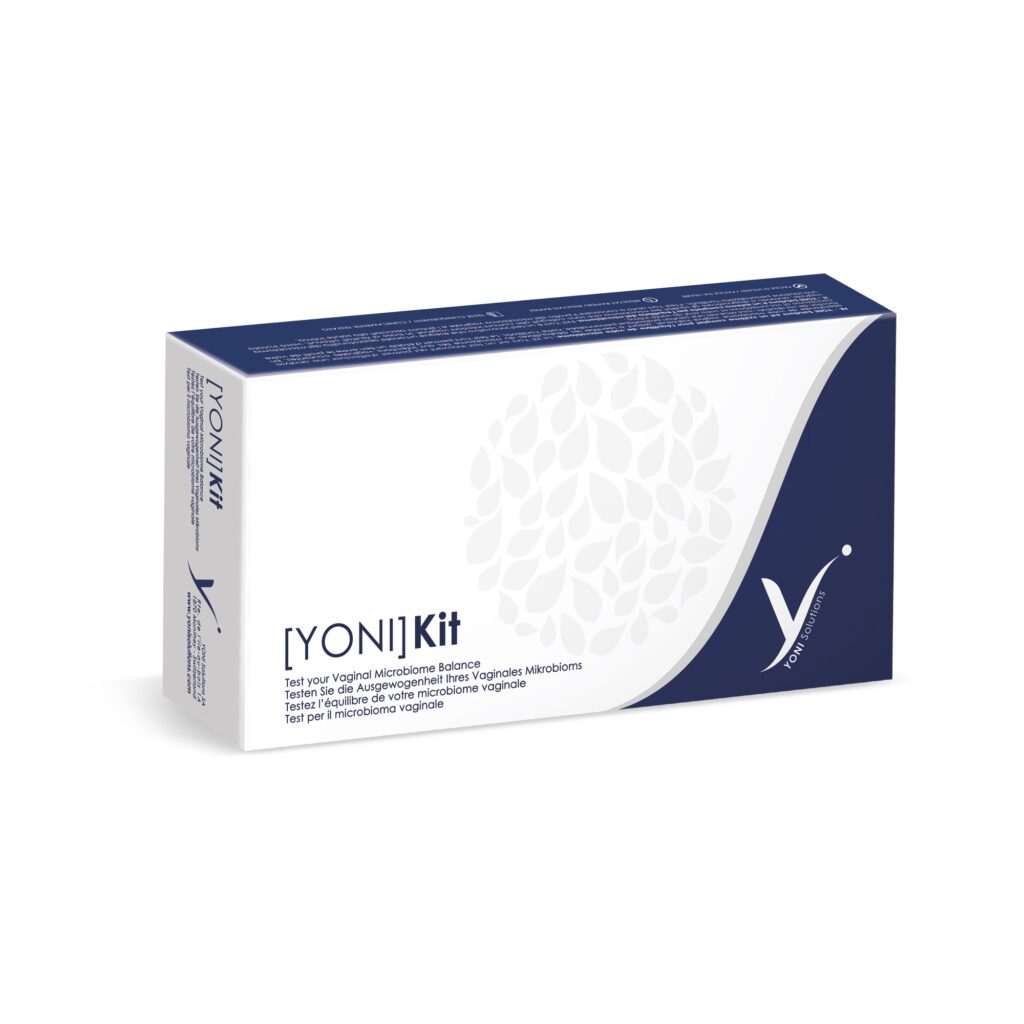Die Plattform für das Vaginale Mikrobiom
Warum sollten Frauen sich um ihr vaginales Mikrobiom kümmern?
Schutz vor vaginalen Infektionen
Ein Ungleichgewicht in deinem vaginalen Mikrobiom ist mit vermehrten vaginalen Infektionen verbunden, die zu Verlegenheit, unnötigen Ausgaben und Unwohlsein führen können.
Vermeiden von übermäßigem Einsatz starker Medikamente
Wir glauben, dass Vorbeugung wichtiger ist als Behandlung. Konzentriere dich darauf, dein vaginales Mikrobiom auszugleichen, um potenziell negative Auswirkungen auf deine intime Gesundheit zu vermeiden.
Einen gesünderen Körper haben
Infektionen zu haben, ist unangenehm. Sie im Intimbereich zu haben, ist oft noch schlimmer, da es in unserer Gesellschaft immer noch ein Tabuthema ist.
Online-Shop
Erfahre mehr über unsere Produkte, um dein vaginales Mikrobiom zu testen und wieder ins Gleichgewicht zu bringen.
Das Yoni Paket
Enthält sowohl die Analyse deines vaginalen Mikrobioms als auch personalisierte Nahrungsergänzungsmittel.
€249.90
Yoni Biotic 0.1
Enthält Nahrungsergänzungsmittel für dein vaginales Mikrobiom, basierend auf Lactobacillus crispatus.
€44.90
Yoni Biotic 0.2
Enthält Nahrungsergänzungsmittel für dein vaginales Mikrobiom, basierend auf Lactobacillus gasseri.
€44.90
Yoni Biotic 0.3
Enthält Nahrungsergänzungsmittel für dein vaginales Mikrobiom, basierend auf Lactobacillus jensenii.
€44.90
Das Yoni Kit
Enthält das Selbsttest-Kit zur Analyse der Zusammensetzung deines vaginalen Mikrobioms.
€199.90


